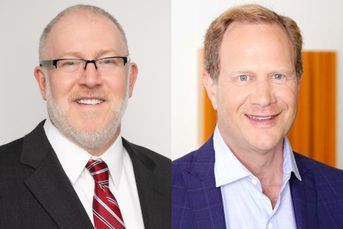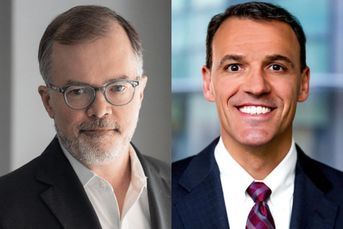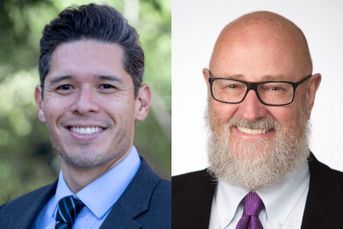HSAs saw net increase despite pandemic spending spike: EBRI

The majority of account holders contributed more to their HSA than they took out in 2021. But only 12% invested their HSAs in assets other than cash.
Health savings accounts saw a boost in 2021 despite the pandemic spending surge.
An Employee Benefit Research Institute analysis of its HSA Database found that the average HSA balance rose in 2021 even though health care expenditures increased as a result of the COVID-19 pandemic.
More than half of the HSAs in the EBRI database saw a distribution in 2021, and the average distribution was $1,786, according to the study.
The report showed the majority of account holders actually contributed more than they took out, and accounts that received an employer contribution saw higher total contributions and were more likely to invest.
HSAs offer holders the ability to invest the assets held in the account, but the analysis showed only 12% of account holders invested their HSAs in assets other than cash.
EBRI’s HSA Database accounts for 13.1 million HSAs as of 2021, containing $39.5 billion in assets, and is estimated to represent 40% of the whole market.
“As high-deductible health plans and HSAs become further entrenched as an employee benefit offering, it is important for employers and policymakers alike to develop a full understanding of how both are used,” Jake Spiegel, research associate for health and wealth benefits at EBRI, said in a statement.
The analysis also illustrated the major role that age and tenure play in the use of HSAs. According to EBRI, older account holders tended to have higher average contributions and higher average balances than younger account holders.
Along those lines, account holders who have had their HSAs for a longer period tended to have higher average contributions and higher average balances, and invested their balances in assets other than cash more frequently, the report showed.
“EBRI’s recent report reflects data that isn’t all too surprising. It demonstrates that people understand the need to save for future health care expenses and the tax benefits of utilizing an HSA,” said Nina Lloyd, president and CEO of Opus Financial Advisors, part of the Advisor Group network of firms. “That said, ongoing management of the underlying investments and tracking qualified medical expenses takes time and energy. All too often, we sacrifice time we should reserve for making important financial decisions to address other urgent matters. Life happens. Don’t let your HSA fall through the cracks.”
[More: 10 best HSAs for investing in 2022]
‘IN the Office’ with Amit Dogra, president of tru Independence
Learn more about reprints and licensing for this article.








